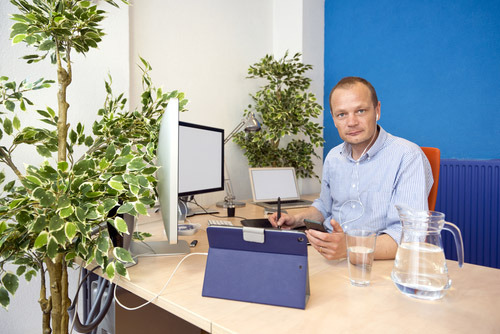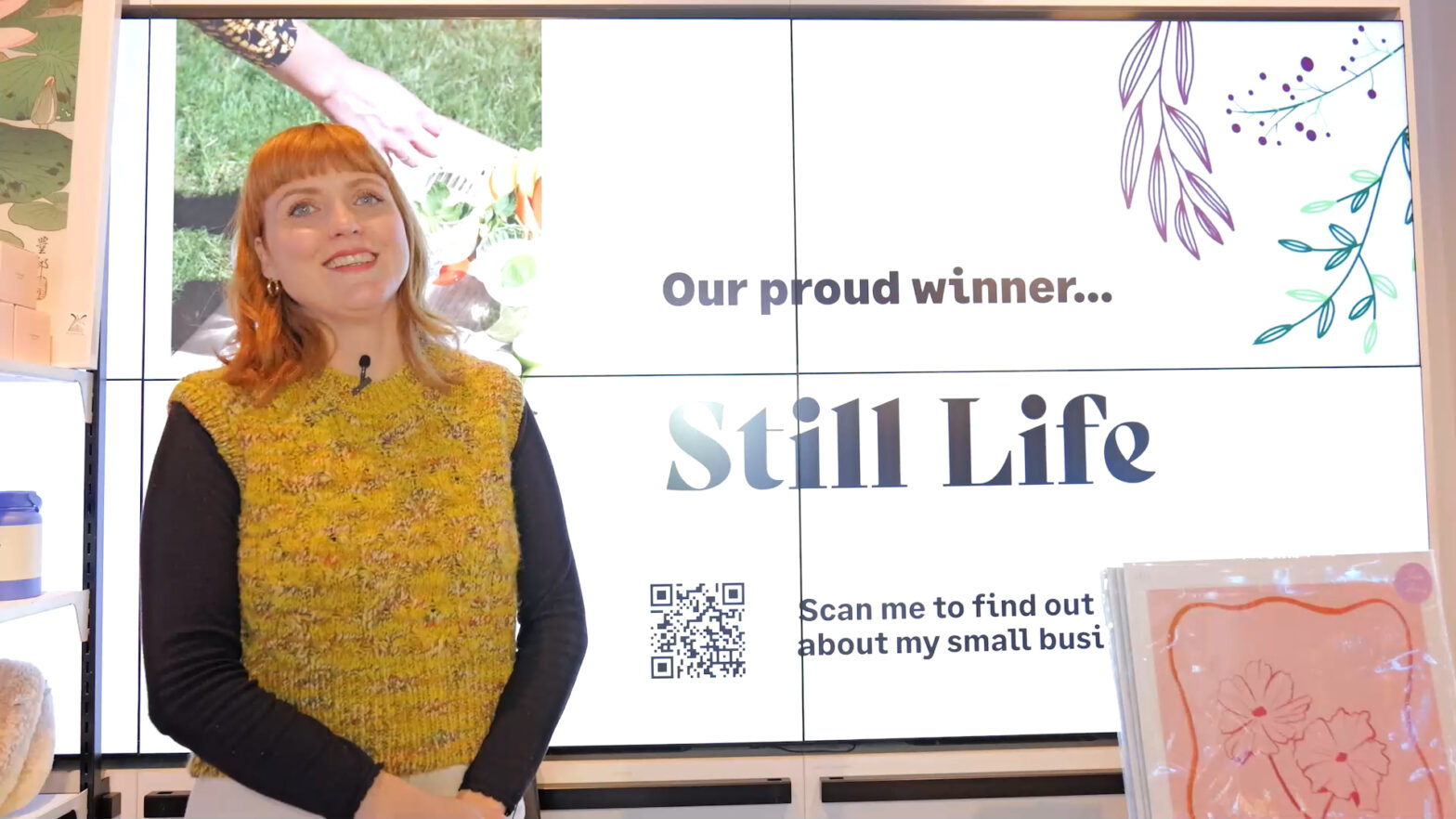Nowadays there is a lot of pressure on companies, small businesses and enterprises alike, to strive for a completely ‘paperless office’ and it’s easy to understand why. The news is saturated with the likes of government bodies pushing for ‘digital-by-default’ and guides like WRAP’s Green Office advising on best practice. But in reality, only 1 per cent of EU businesses has actually achieved a paperless office. While society is pushing for an ideal initiative, it’s clearly not delivering ideal results. So what’s going wrong?
Essentially, it’s the way we understand ‘paperless’. We’ve been accidentally duped into thinking that it’s easy to adopt a paperless office, but if it is actually at all attainable, it will be achieved by those companies who have the resources, time and patience to create a fool-proof strategy. But what small business would really claim to have all of these going spare? Going totally paperless is a complex and daunting task – it takes time, effort, strategic thought and a real shift in the culture of business administration. In most cases this is unrealistic, especially in a company that’s just starting out.
One of the contributing factors to this misconception is that over the last few years tablets, smart phones and policies like Bring Your Own Device (BYOD) have been championed as the catalyst for a paperless office. While there’s no denying the fact that these developments have helped with workplace efficiency and productivity, saying they’re driving a move to paperless is just not the case. Paper has been less important ever since we’ve had PCs, email and basic software – which is going back decades.
However, what is significant is the development of software and platforms that can be coupled with these devices. And this is key to solving the bigger issue surrounding the ‘paperless office’ – the lack of connectivity. While most people think they have a ‘paper problem’, in reality they’re hiding the fact they have a ‘connectivity problem’. And by solving this bigger picture with the advent of better software, the paper problem will naturally go away.
So, once a smartphone or tablet is paired with optimised, easy-to-use software that offers a solution to a paper-based problem, this connectivity effectively ‘cuts out the middle man’ and makes the entire process much more efficient. Together, the device and software become a substantial tool in reducing the reams of paper doing the rounds within an office.
e-invoicing is a case in point. There are countless printed invoices doing the rounds in the average office, even in a start-up with just a few clients. Implementing an e-invoicing platform immediately eliminates payment related paper circulating inside and out of companies, removing it from processes, driving down operating costs and increasing control and visibility.
Indeed, e-invoicing goes beyond supporting a move to a paper-light office – it is an enabler for many supply chain finance initiatives. It gives visibility on spend, it supports sourcing and rationalisation opportunities and it allows suppliers to negotiate for faster payments.
What companies really need to do is be realistic – strive to become paper-light and the task becomes much more manageable. What is more pragmatic is the idea of a paper-light office. It’s about using less, and incrementally implementing a range of often simple initiatives to reduce the load – this is the first shift in mentality that will help lessen paper use in a growing business. Through smart use of technology, software and business platforms, the burden on paper will continue to decrease, and will ultimately save your employees time, money and will boost productivity in the office.





